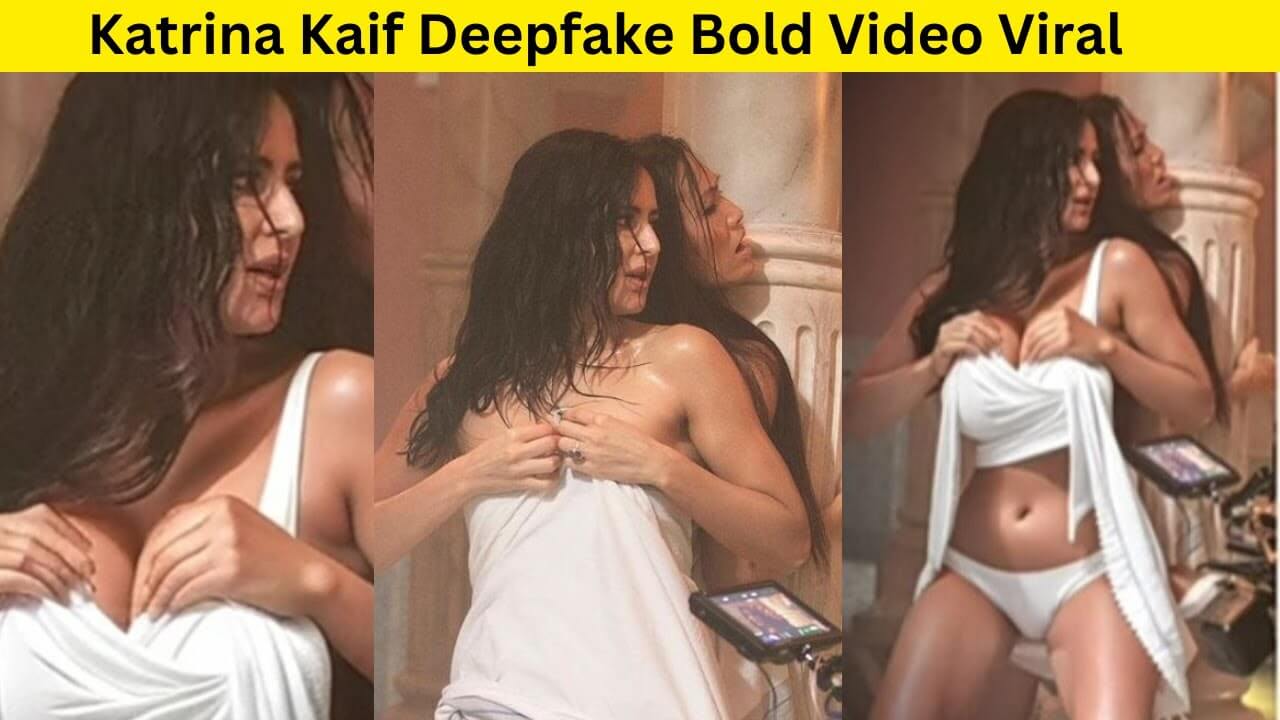Rashmika Mandanna Deepfake Video – A viral deepfake video featuring actor Rashmika Mandanna has ignited discussions about the intricacies of deepfake technology and methods to identify such deceptive videos.
Rashmika Mandanna Deepfake Video
In a recent social media phenomenon, a video purportedly featuring Rashmika Mandanna gained traction, prompting a collective reaction of shock, surprise, and horror among netizens when it was revealed that the person in the video was not the popular actress but, in fact, a British Indian influencer named Zara Patel.
Expressing her dismay, Rashmika Mandanna took to social media to share her feelings about the viral video. In a statement on the platform X, Mandanna conveyed, “I feel really hurt to share this and have to talk about the deepfake video of me being spread online.” She went on to emphasize the broader concern, stating, “Something like this is honestly extremely scary not only for me but also for each one of us who today is vulnerable to so much harm because of how technology is being misused.”
Read also: After Rashmika Mandanna, Kajol and Katrina Kaif, Alia Bhatt falls victim to AI
I feel really hurt to share this and have to talk about the deepfake video of me being spread online.
— Rashmika Mandanna (@iamRashmika) November 6, 2023
Something like this is honestly, extremely scary not only for me, but also for each one of us who today is vulnerable to so much harm because of how technology is being misused.…
Deepfakes, as explained by experts, are created using neural networks, specifically Generative Adversarial Networks (GANs). These networks are trained with numerous images and videos to learn facial features, allowing them to generate face-swapped videos. The technology evolves through a continuous improvement process, making it increasingly challenging to discern between genuine and altered videos.
In the Indian context, although there isn’t a direct recognition of deepfakes under the law, Section 66 E of the IT Act addresses the issue indirectly by making it illegal to capture, publish, or transmit someone’s image in the media without their consent. Vineet Kumar, founder of CyberPeace Foundation, explained that the maximum penalty for such violations is a fine of ₹2 lakh or three years in prison. Additionally, the DPDP Act’s impending applicability in 2023 is expected to directly impact individuals’ digital privacy rights and violate IT guidelines under the Intermediary Guidelines.
Experts have provided guidance on how to identify deepfakes, emphasizing unnatural eye movements and facial expressions, inconsistencies in physical appearance, and audiovisual discrepancies. Signs such as lack of blinking, mismatched facial expressions, awkward positioning of facial features, abnormal body movements, and poor lip-syncing are indicative of potential deepfake manipulation.
As technology continues to advance, the need for awareness and regulation becomes crucial to safeguard individuals from the malicious use of deepfake technology, protecting not only reputations but also digital privacy rights.
Related Keywords
- Rashmika Mandanna Deepfake Video
- Rashmika Mandanna Viral Video


